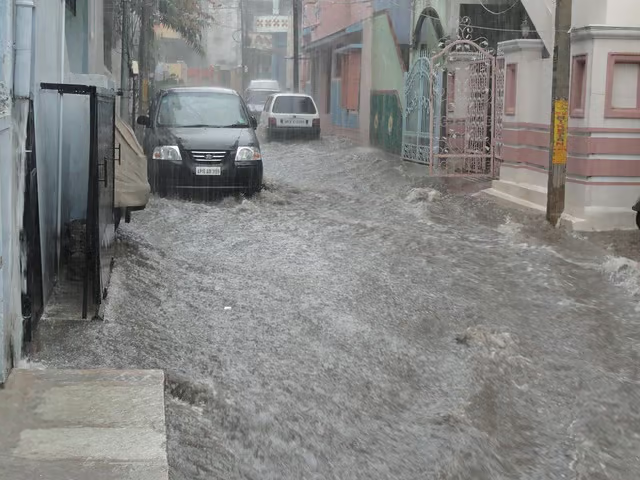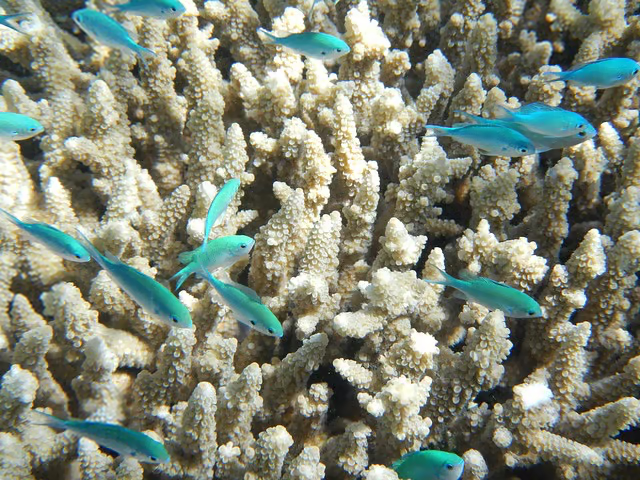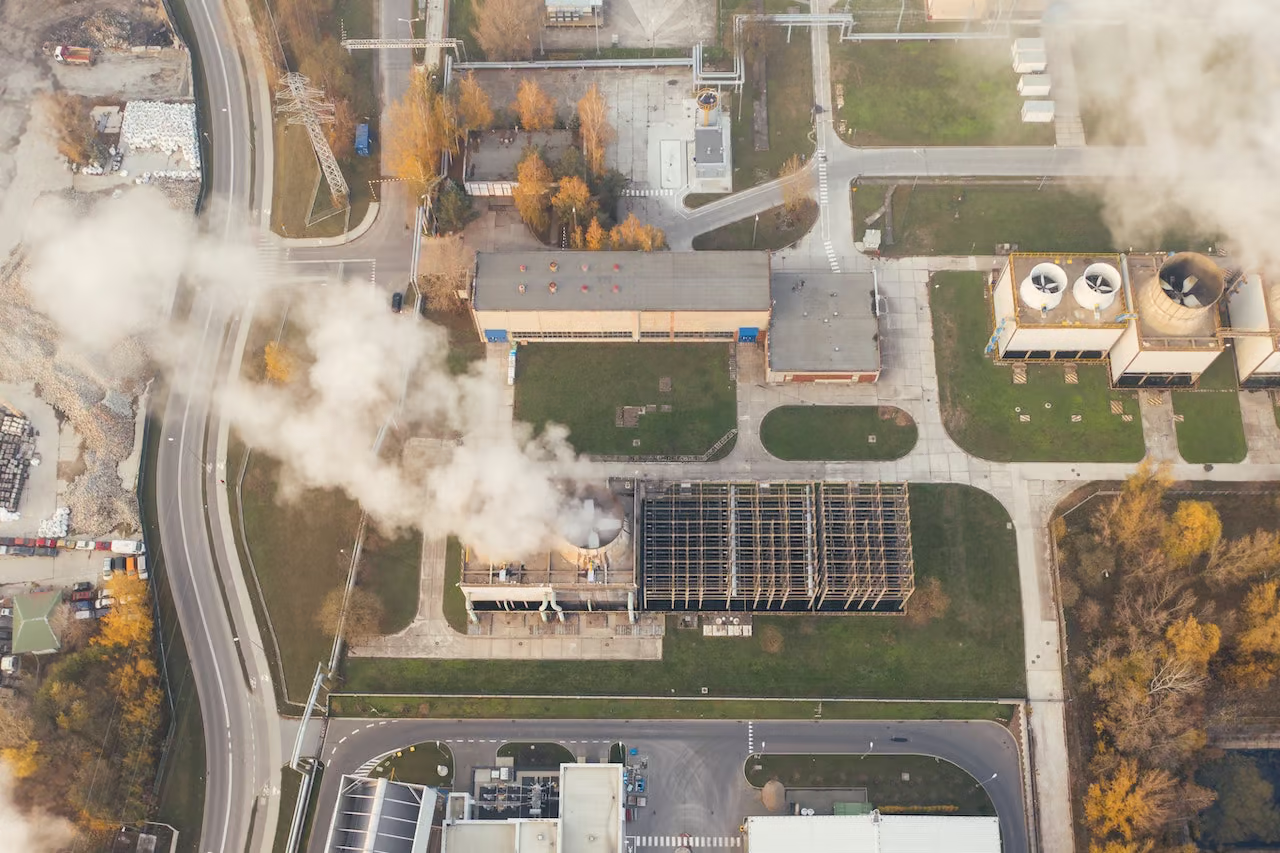Introduction
Global warming and climate change are among the most significant threats that humanity faces today.The gradual temperature escalation has generated many environmental problems, including melting ice caps, rising sea levels, and more frequent and severe weather events. Also, some experts say climate change needs to be studied for its potential to cause earthquakes.
In this article, we will provide five such environmental crises examples, each focused on being mounted by global warming. These examples will illustrate the traumatic impact that global warming projects on different parts of the world and people's lives.
This article aims to highlight awareness about the need to recognize global warming and take necessary action to weaken its impact and prevent future disasters.

Hurricane Katrina - New Orleans, United States -29 August 2005
Hurricane Katrina was a devastating natural disaster that struck the United States on 29 August 2005, causing widespread destruction and loss of life. The hurricane originated in the Gulf of Mexico and rapidly intensified, eventually making landfall in Louisiana as a category 5 hurricane. The storm surge caused by the cyclone breached the levees that protected New Orleans, causing massive flooding and significant damage to infrastructure, homes, and businesses.
Global warming played a significant role in the intensity of Hurricane Katrina. The warming of the Earth's surface temperatures increases the amount of energy available to hurricanes, which can lead to more intense storms. The hot waters in the Gulf of Mexico, caused by global warming, provided the ideal conditions for the formation and intensification of Hurricane Katrina.
The effect of Hurricane Katrina on New Orleans was alarming. According to A Failure Of Initiative, a report by the Select Bipartisan Committee, deposits of toxic elements triggered the environmental crisis even more by amalgamating with the atmosphere leading to a public health threat.

Wildfires in Australia - September 2019 - March 2020
From September 2019 to March 2020, Australia witnessed one of the worst bushfire seasons in history. Initiating due to a fusion of factors, including high temperatures, low humidity, and strong winds, crafted perfect conditions for the fires to spread rapidly.
The impact of global warming played a significant role in the vigour and span of the Australian wildfires. According to the Bureau of Meteorology, Australia, 2019 recorded the highest temperature with the driest spring, triggering the environmental crisis. Furthermore, global warming has led to the dismantling of habitats and ecosystems, leading to the survival of plants and animals in doubt.
The Australian bushfires resulted in significant environmental, economic, and social impacts. The fires blazed over 18 million hectares of land, smashed over 5,900 buildings and ended the lives of at least 34 people and an estimated one billion animals, according to United Nations Environment Programme's website. The smoke from the fires also severely impacted air quality, leading to health problems for many people.

Floods in Bangladesh - July 2020
In July 2020, severe floods happened in Bangladesh. These floods affected a quarter of the country. Heavy rainfall was the cause of the floods. This event led to the overspilling of significant rivers and the flooding of low-lying areas. The flooding was tremendous in the northern and central regions of Bangladesh. Thousands of homes were submerged, and many people were required to displace.
Global warming has been an important cause of this environmental crisis. Heavy rainfall and flooding are effects of warming the Earth's surface temperatures that increase the intensity and frequency of abnormal weather events.
Rising sea levels are an example of an abnormal weather phenomenon being more manifested in Bangladesh. Bangladesh is thus becoming more vulnerable to flooding, as the country is situated in a low-lying delta region. The high demographic density of the area caused millions of people to be affected by the disaster. The flooding caused widespread damage to the corps, infrastructure, and homes. These components are crucial for the population's livelihood. Industries such as telecommunication, transportation, healthcare, and education as examples that have been negatively impacted.
This event is a clear signal to humanity to take fate into its own hands and address the significant issue of global warming. Proactive measures need to be taken to mitigate the risk.

Cyclone Idai - Mozambique, Malawi, Zimbabwe - 5 March 2019
In March 2019, Cyclone Idai hit the southeastern coast of Africa, affecting Mozambique, Malawi, and Zimbabwe. Heavy rainfall and strong winds led to flooding, landslides, and widespread destruction in the affected areas.
Global warming played a significant role in the intensity of this environmental crisis example. It increased sea surface temperatures, creating ideal conditions for forming tropical storms and cyclones. Additionally, changes in rainfall patterns and intensified weather events can lead to more severe flooding and landslides.
The impact of Cyclone Idai on Mozambique, Malawi, and Zimbabwe was devastating. Infrastructure, homes, and agricultural lands were destroyed, leaving citizens without access to essential services like water, food, and healthcare. As a result, a flood circumscribed the area leading to the spread of waterborne diseases, such as cholera, and increasing the risk of other health problems.

Great Barrier Reef bleaching - Australia - 2016, 2017, 2020
The Great Barrier Reef is the most extensive coral reef system in the world, located off the coast of Australia. It is home to diverse marine life and provides critical ecological and economic benefits. However, the Great Barrier Reef has been an environmental crisis example with severe bleaching events caused by global warming.
Global warming is said to directly correlate to the acceleration of extinction of certain species. Global warming has caused coral bleaching and a suspected reduction of larval supply by 71%. When the water temperature becomes too warm, the algae in coral tissues are expelled; the coral is deprived of its colour and becomes vulnerable to disease and death. The rising sea temperatures caused by global warming have made the Great Barrier Reef more susceptible to coral bleaching, with severe bleaching events occurring in 2016, 2017, and 2020.
Coral bleaching has had significant effects on the Great Barrier Reef ecosystem. The imbalances developed in food chains and reef biodiversity directly correlate with the loss of coral reefs within marine life. In addition, local communities depend on the tourist economic activity catalyzed by The Great Barrier Reef. The damage caused to The Great Barrier Reef shuns economic activity in the region and causes financial harm to local communities. Therefore, it is high time we address the problem of coral bleaching on the Great Barrier Reef.
We should take proactive measures to protect and preserve vulnerable ecosystems. Learn more about the link between global warming and the extinction of certain species. The international community must work in unison to reduce CO2 emissions and prevent the worst impacts of the increase of the earth's temperature from happening on the planet.

